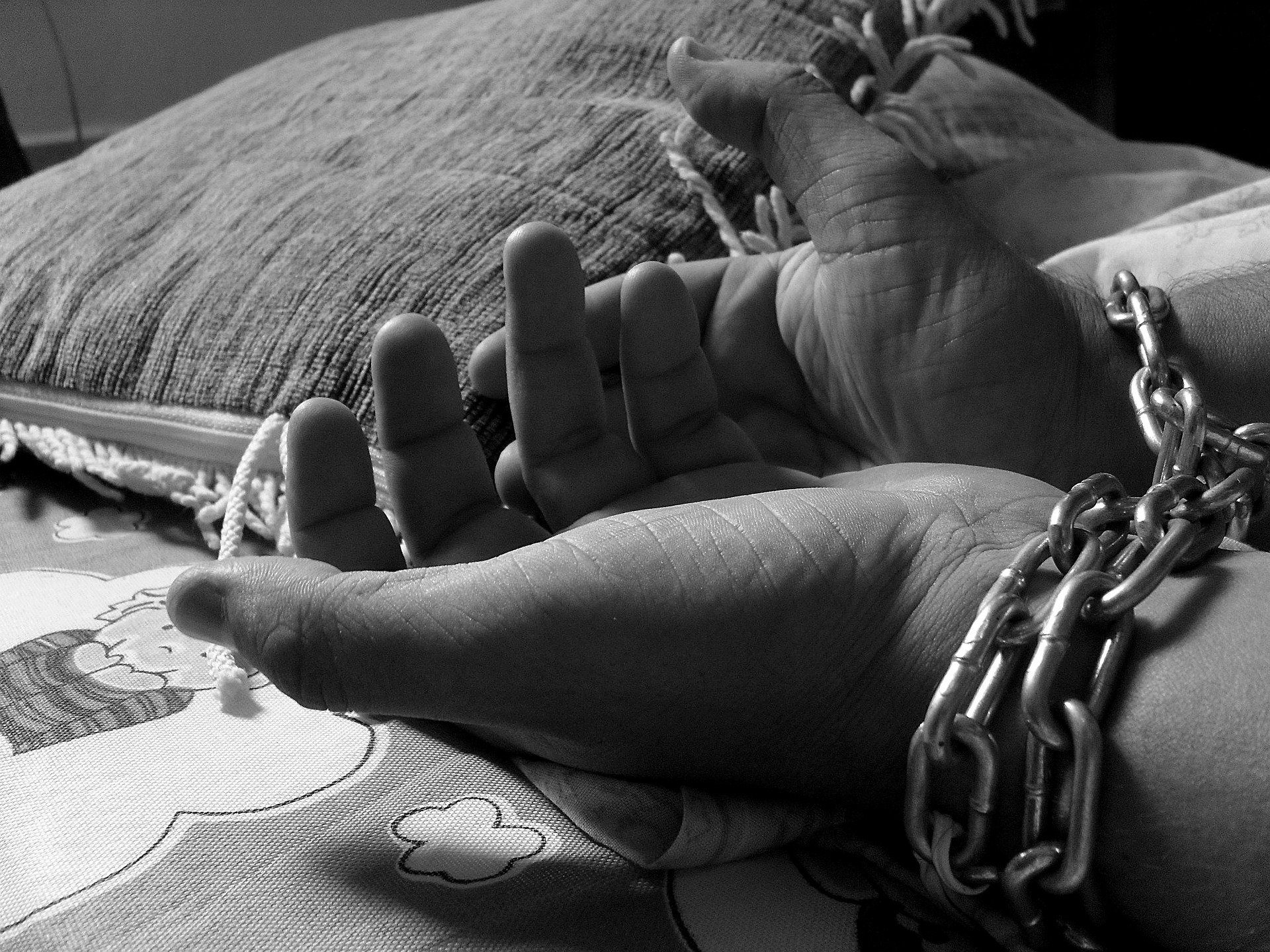
Stopping Human Trafficking: Why So Little Progress?
Key points
- Ending human trafficking can’t happen when addressing only individual parts of the problem.
- Too often, solving a trafficking problem in one area means making it worse somewhere else.
- Well-established tools and techniques exist for combatting human trafficking on a systems level.
- The agriculture industry, with thin profit margins, relies on human trafficking.
According to the UN, human trafficking is a $150 billion dollar a year problem involving 40 million victims. How can anyone get a handle on a problem this big?
Arpitha Peteru from the Foundation for Inclusion thinks long and hard about this question. When she contemplates the many thousands of organizations combatting human trafficking and when she thinks of the almost countless number of individuals who are dedicating their lives to this cause, she has the deepest admiration for what they’re doing.
But even so, she asks herself, “Why aren’t we seeing more progress?”
Instead of Fixing Problems, Fix the System
Peteru’s answer about why there isn’t more progress is: “Human slavery is a complex system with self-perpetuating feedback loops. You can’t solve complex problems by fixing any one aspect. You have to understand how multiple aspects intersect or your solution won’t work — or worse, it could have unintended consequences that harm the very people you’re trying to help.”
Her colleague Bob Lamb adds, “Fortunately, we have well-established tools and techniques available for understanding how people behave within complex systems. These tools haven’t been used enough when it comes to dealing with human trafficking.”
Among the tools that the Foundation for Inclusion uses are ones that account not just for policies and incentives but also for narratives, values, and traumas, all of which affect how people behave. The key, they argue, is to understand how all of those things work together to produce the unwanted outcomes and how they could work together differently to produce desired outcomes.
Human Trafficking in Agriculture
The agriculture industry is an example of how fixing part of a problem hasn’t resulted in stopping human trafficking. One of the factors in this problem is that profit margins in agriculture are thin and getting thinner.
That creates an incentive for plantation owners to cut labor costs. Although trafficking is illegal, in some places a system has emerged: Laborers are recruited or managed by entities outside the visibility of regulators, giving plantation owners deniability with regard to how their workers are treated and how much they are paid.
Read more here.
